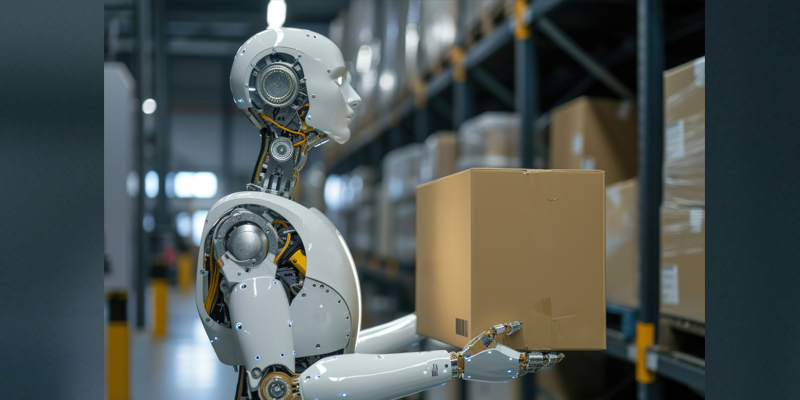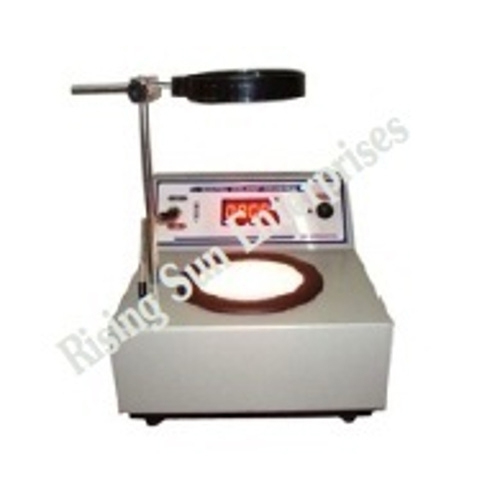Schedule a Call Back
Global industrial robot shipments down in 2024, recovery likely in 2025
 Articles
Articles- Jun 27,25

In this context, global shipments of industrial robots are projected to grow by 5 per cent in 2025. However, due to continued downward pressure on average prices, revenue growth is expected to be more modest, at just 2.6 per cent.
ARPU decline and pricing pressures
With rising production volumes and intensifying competition, the average revenue per unit (ARPU) of industrial robots declined significantly – from around $31,100 in 2018 to $25,600 in 2024. While there was a temporary price surge in 2022 amid the global supply chain crisis, prices resumed their downward trend in 2023 as demand cooled and competition increased. In 2024, ARPU fell more sharply than in previous years, dropping by -3.6 per cent due to easing inflation and growing competition.
Fierce price competition has taken a toll on manufacturer margins, particularly among non-collaborative robot suppliers, where pricing flexibility has hit its limits. Many emerging brands have aggressively pursued market share at the expense of profitability. This has led to expectations that the pace of price erosion will slow in 2025, with ARPU declining at a more moderate rate of 1 per cent-2 per cent annually through to 2029.
Still, certain product segments may help support pricing. Rising shipments of large-payload collaborative robots and SCARA robots could help stabilize ARPU moving forward.
Figure 2: Global industrial robot average revenue per unit trend
Source: Interact Analysis
Fragmentation in the supplier base exacerbated price competition
The industrial robot market has consolidated over the past few years, with the “Big 4” industrial robot manufacturers – FANUC, Yaskawa, ABB, and KUKA – having long maintained a dominant position. However, 2024 marked a shift toward increased market fragmentation. The top 10 vendors saw their combined market share fall from 64.6 per cent in 2023 to 62.3 per cent in 2024, indicating meaningful inroads are being made by smaller and emerging players, challenging the established manufacturers amid slowing demand and increasing price pressures.
Several factors contributed to this fragmentation:
In summary, 2024 was a year of contraction and strategic realignment in the industrial robot industry. Slowing shipments, declining prices, and intensifying competition challenged both revenue and profitability. However, regional signs of recovery, particularly in Asia and the US, and strong order books from major players like Japanese vendors point toward a likely rebound in 2025.
Final thoughts
The industrial robot market is undergoing a critical transition. While 2024 reflected short-term headwinds, the structural trends – automation demand, labor shortages, and advances in robotics technologies – remain firmly in place. The ongoing fragmentation of the supplier base and evolution of pricing dynamics are redefining the competitive landscape, particularly in cost-sensitive segments like collaborative robots.
Looking ahead, we continue to view the market with cautious optimism. As investment cycles pick up and demand stabilises across key industries, 2025 could mark the beginning of a new growth phase, albeit one characterised by tighter margins and more nuanced competition. Robot manufacturers will need to balance innovation, efficiency, and market agility to thrive in this next chapter.
About the author:
As a Market Analyst at Interact Analysis based in China, Samantha Mou provides support in the industrial automation sector. She has experience, whilst working in Germany, conducting market research in industrial equipment and automobile components.
Related Stories

ABB India Launches ACS380-E Drive for Future-Proof Industrial Automation
The ACS380-E drive will support all common rotary motor types across global voltage ranges (100–600 V) and will deliver superior motor control for applications such as packaging systems, conveyors..
Read more
Tariffs are reshaping automation supply chains: Blake Griffin
In this interview, Blake Griffin, Research Manager, Interact Analysis, highlights how trade wars, geopolitical tensions and rare-earth restrictions are reshaping global automation industry.
Read more
AI on the edge will transform the shop floor: Sameer Gandhi
In this interview with Rakesh Rao, Sameer Gandhi, MD, OMRON Automation Pvt Ltd, elaborates on trends and opportunities as the manufacturing sector opts for data-led decision-making, quality and safe..
Read moreRelated Products

Digital Colony Counter
Rising Sun Enterprises supplies digital colony counter.
Robotic Welding SPM
Primo Automation Systems Pvt. Ltd. manufactures, supplies and exports robotic welding SPM.

Heat Exchanger Scale Removal Compound -hesr-300
Hi There!
Now get regular updates from IPF Magazine on WhatsApp!
Click on link below, message us with a simple hi, and SAVE our number
You will have subscribed to our Industrial News on Whatsapp! Enjoy















